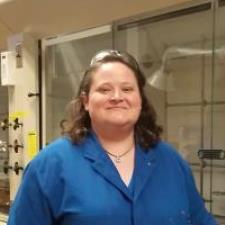
David V. answered • 03/03/21
PhD in ChemE with 9+ Years of Research and Consulting Experience
It would be helpful to know what your general approach to this problem was, but let's walk through the suggested steps. I think you were on the right track, but maybe there was a typo along the way. To find the standard heat of reaction for the formation of ClF3 by fluorinating ClF, you need to rearrange the three provided individual reactions to give the desired reaction. Three general guidelines:
-To start off, try adding the three provided reactions as is.
-If needed, you can multiply the reactant/product coefficients by an integer to get compounds to cancel out. In this case, also multiply the ΔH0 by the same integer.
-If needed, you can reverse any individual reaction. In this case, flip the sign of the ΔH0.
Looking at the three reactions, I see that the third reaction should be flipped because it is the only instance of ClF3, but it is a reactant instead of a product. Its ΔH0 should now be -394.1 kJ instead of +394.1 kJ. When we add the three reactions together, we get:
2 CIF(g) + O2(g) ---> Cl2O(g) + OF2(g) ΔH0 = 167. 5 kJ
2 F2(g) + O2(g) ---> 2 OF2(g) ΔH0 = -43.5 kJ
Cl2O(g) + 3 OF2(g) ---> 2 CIF3(l) + 2 O2(g) ΔH0 = -394.1 kJ
2 CIF(g) + 2 F2(g) ---> 2 CIF3(l) ΔH0 = 167.5 - 43.5 - 394.1 = -270.6 kJ
You'll also notice that all three compounds in the final reaction of a coefficient of 2. This can be simplified by dividing all three coefficients and the ΔH0 by 2. So the ΔH0 for the production of ClF3 is -135.3 kJ/mole.




